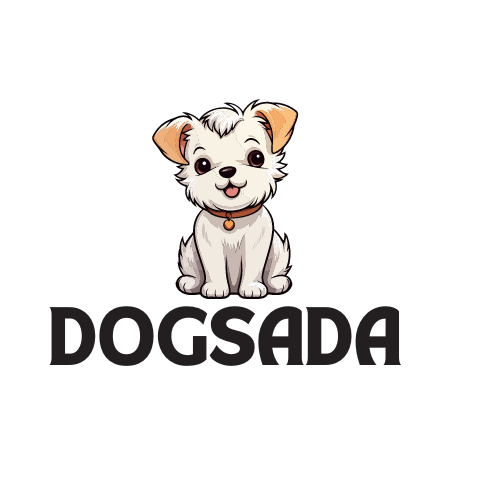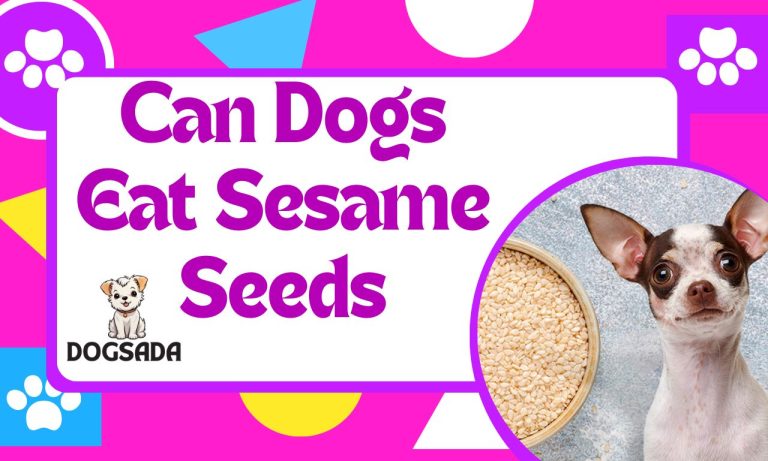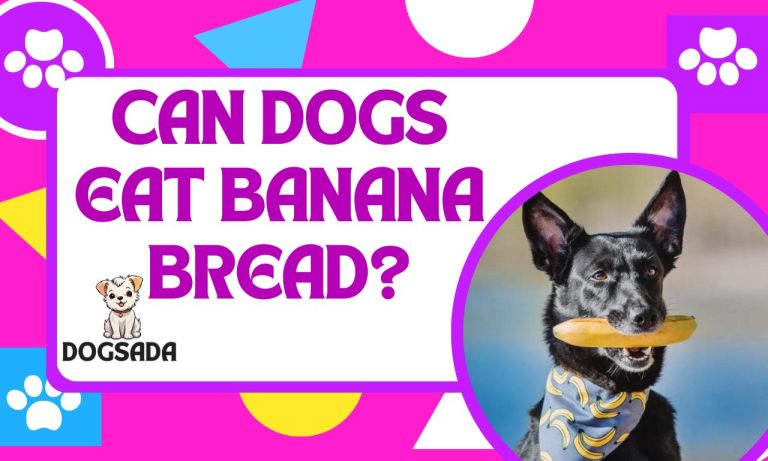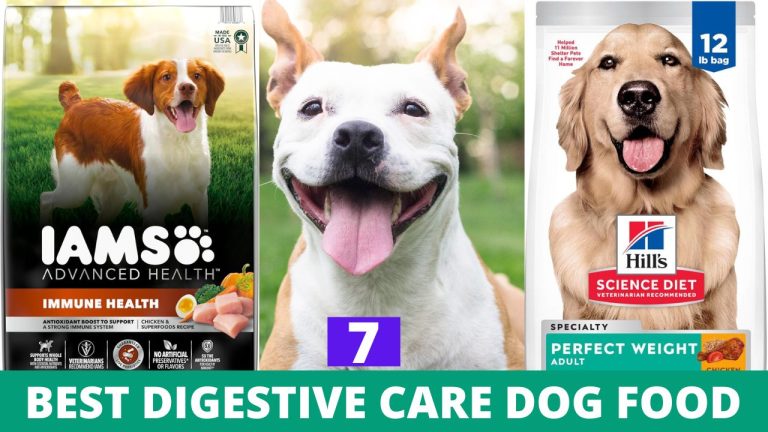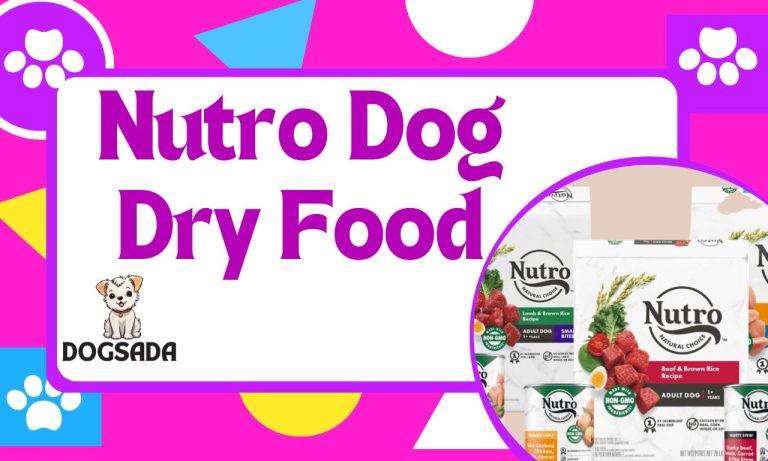In this blog post Can Dogs Eat Pinto Beans, It’s common to wonder what foods you and your canine can both eat when you’re preparing a mess. Green Beans are a vegetable you and your canine can enjoy, but they are not indeed a bean! Can dogs eat other Beans? Keep reading to find out about the types of Beans your canine can eat.
Can Dogs Eat Pinto Beans?
The good news is that, in small quantities, your canine can eat pinto Beans. They have a ton of essential vitamins and nutrients, protein and fiber, the most current among them.
There are many ways in which you can prepare your Beans, so always make sure to cook them first. There are other constituents that are safe for dogs that you can add to make them a mouth-soddening treat for your doggy.
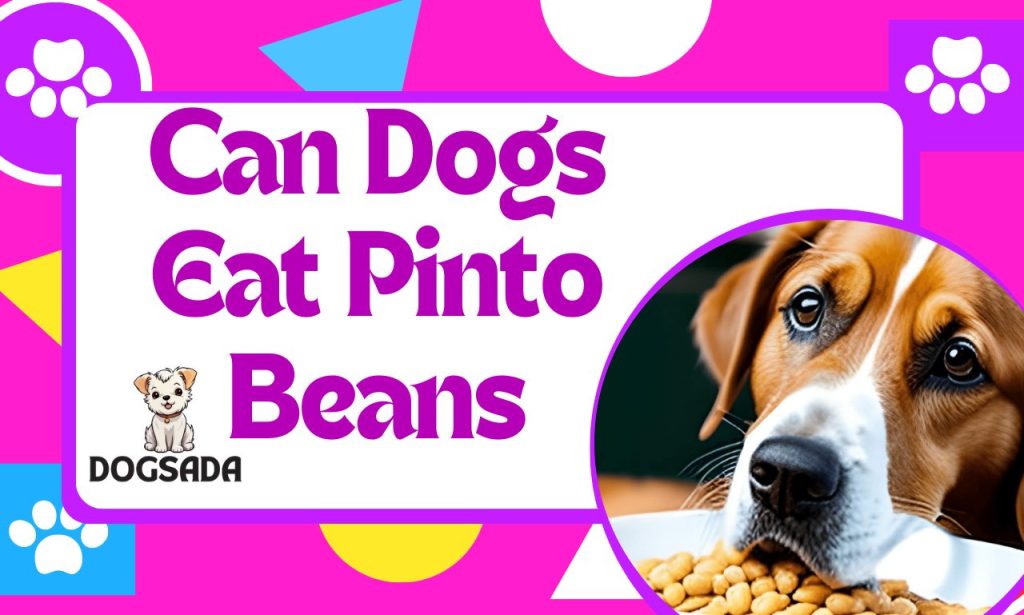
How To Cook Pinto Beans For Dogs
Still, you might want to consider incorporating pinto Beans, If you’re looking for a nutritional and delicious mess to add to your canine’s diet. Pinto Beans are protein-packed legumes that aren’t only succulent but also offer several health benefits for our furry musketeers.
What Type Of Beans Can Dogs Eat?
Dogs can eat numerous types of Beans safely, according to DR. Kevin Puzycki, DVM and prophet for Solid Gold.
- Black Beans These contain vitamin C, vitamin K, and manganese, along with protein and fiber.
- Adulation Beans( lima Beans) These give fiber along with fat-free protein.
- Garbanzo Beans( chickpeas) These contain high fiber and protein. Avoid giving dogs hummus or canned chickpeas, which may contain added constituents or preservatives that beget digestive issues.
- Green Beans( string Beans) These give fiber, magnesium, vitamin A, vitamin C, and vitamin K. Dogs can eat fresh, frozen, or cooked green Beans.
- Raw order Beans are poisonous to dogs, but completely cooked order Beans give plenty of nutrients, including antioxidants, fiber, protein, and vitamins.
- Black-eyed peas give protein, fiber, and vitamin K.
- Soybeans( edamame) These contain protein, omega-3- 3 adipose acids, calcium, and vitamin C.
And again, avoid serving your doggy raw, dry, or canned Beans, unless else noted over, and avoid spices and seasoning when preparing Beans for dogs.
Pros and Cons of Feed Your Dog Pinto Beans
Pros
- Nutritional Value: They offer a range of essential nutrients, including protein, fiber, vitamins, and minerals. These nutrients can contribute to a well-balanced diet for dogs, supporting their overall health and well-being.
- Factory-grounded Protein: Pinto Beans are a precious source of factory-grounded protein, which can be salutary for dogs, particularly those following a submissive or vegan diet. Protein is pivotal for muscle development, form, and colorful fleshly functions.
- Fiber Content: The high fiber content in these beans can promote healthy digestion in dogs, abetting in regular bowel movements and precluding constipation.
- Weight Management: These beans are low in fat and calories, which can be profitable for dogs that need to manage their weight. Also, The fiber and protein content can also help dogs feel fuller for longer ages, potentially reducing gluttony.
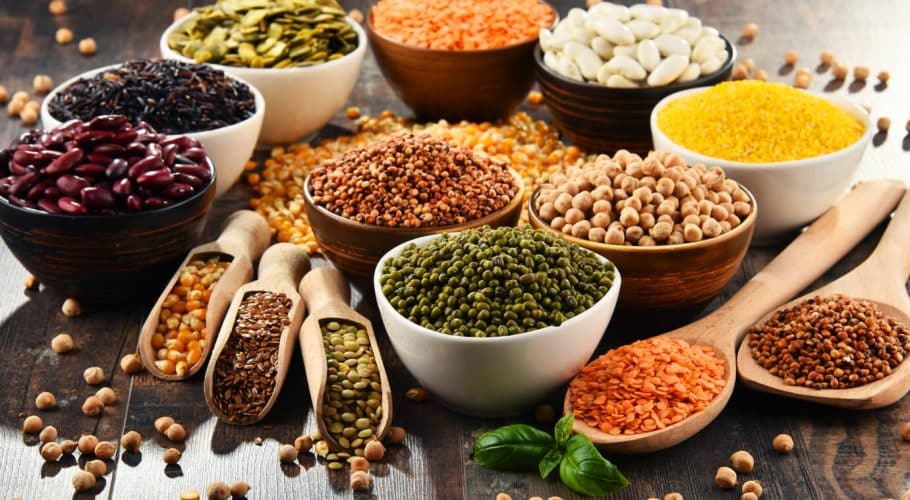
Cons
- Digestive Issues Dogs may witness digestive issues, similar to gas, bloating, or diarrhea, when introduced to new foods, including pinto Beans. This can be attributed to their unique digestive system and the incapability to break down certain complex carbohydrates set up in Beans.
- Flatulence Pinto Beans, like other legumes, can beget flatulence in dogs. still, inordinate gas products may lead to discomfort and vexation for both the canine and the proprietor.
- Disinclination and perceptivity Some dogs may have disinclinations or perceptivity to certain foods, including legumes like pinto Beans. It’s important to cover your canine nearly for any signs of antipathetic responses, similar to itching, puking, or diarrhea when introducing these Beans into their diet.
- Sodium Content Canned beans may contain added swabs or other seasonings, which can be dangerous to dogs. In addition, inordinate sodium input can lead to dehumidification, electrolyte imbalances, and other health issues.
How To Give Beans To Your Canine
A many tips to consider when giving your canine Beans to eat Acclimate bean size based on your canine’s size and preferences If your canine likes biting effects, leave the Beans whole for some good eating action.
On the other hand, you may want to cut the Beans into lower pieces if your canine tends to swallow effects without biting or has difficulty biting large pieces of food.
Serve Beans only in temperance, “ Like all fruits and vegetables, Beans shouldn’t exceed 10 of your canine’s diurnal sweet input, ” says Dr. Puzycki, who recommends commercially available canine food as your doggy’s primary source of nutrition.
Soak dry Beans overnight and cook them in water This helps ensure the Beans are both soft enough to bite and safe for your canine to eat. For a nutritional flavor boost, you can change water for manual or commercially available bone broth for dogs.
read also Nutro Dog Food: Expert Guide
Are Beans Safe for Dogs?
Dogs are pets, so they can generally consume colorful Beans as part of a healthy diet, but there are many types to avoid. Beans are high in fiber and contain essential nutrients like vitamin A, vitamin C, vitamin K, manganese, and protein. Avoid feeding your canine Beans too constantly to help with flatulence and constipation, and nor feed them raw Beans because utmost contain an emulsion called phytohemagglutinin, which is poisonous to dogs.
As with any new food, canine owners should sluggishly introduce cooked Beans to their doggy’s diet by adding a little bit to their kibble or serving it as a healthy treat.
Amount of Beans Your Canine Can Eat Safely
Determining the right quantum of Beans for your canine involves a balance between nutritive benefits and implicit digestive issues. Beans are good for them, but they should only be a small part of their diet. Then’s how to know the right quantum
Treats and Snacks Rule Beans, as treats, shouldn’t be further than 10 of your canine’s diurnal calories. For Example, If they need 700 calories a day – only 70 should come from treats like Beans.
Introduce sluggishly Start by mixing many plain, cooked Beans into their normal food. And this slow launch helps you watch for any stomach issues like gas or diarrhea. Change the quantum depending on how your canine handles it.
Size Matters How important it is to give also depends on your canine’s size. Small dogs, like Yorkies, only need a tablespoon. But bigger dogs, like Great Danes, can have up to half a mug of cooked Beans.
Conclusion
In conclusion, pinto Beans can be a healthy addition to your canine’s diet when set and fed in temperance. While they offer colorful nutrients that can profit dogs, it’s pivotal to consider their digestive capabilities and nutritive requirements. As always, consult with your veterinarian before making any significant changes to your canine’s diet. With the right approach, pinto Beans can be a nutritional and delicious treat for your furry friend.
